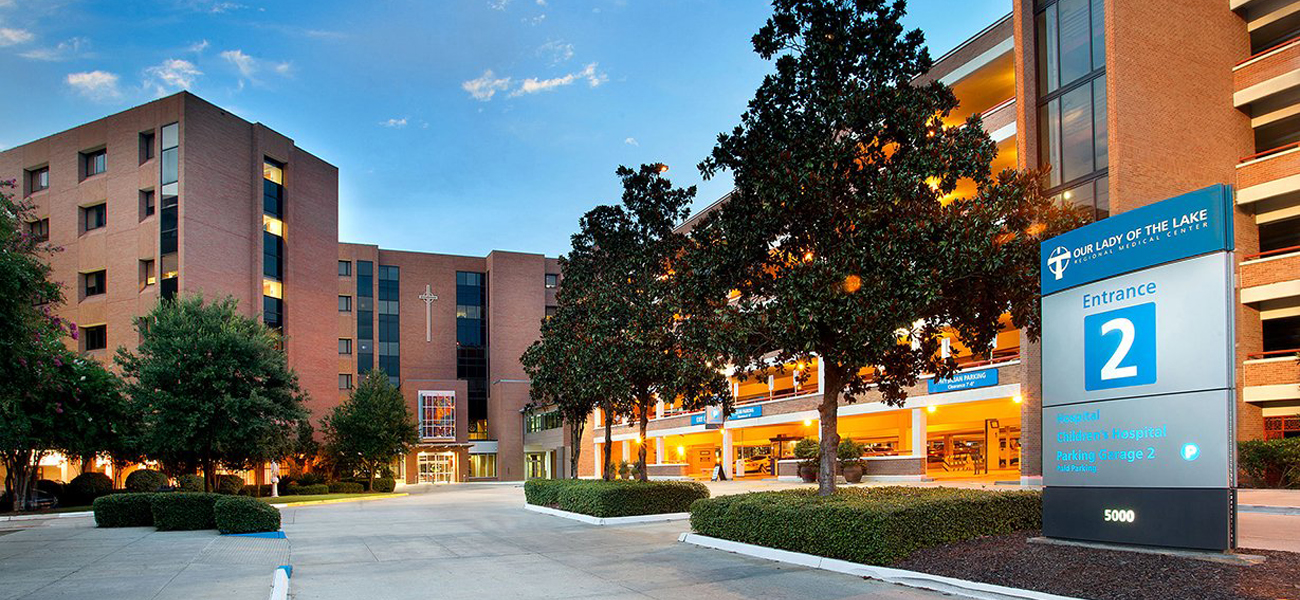You probably saw the news about Mary Bird Perkins Cancer Center and Our Lady of the Lake Regional Medical Center parting ways earlier this fall, amidst lots of fireworks and strongly worded statements. You’d also be forgiven for not understanding the complexities of the issue—most of us aren’t keeping tabs on who gets the payout for our care or who ultimately owns the services and facilities we use.
But behind the layers of partnerships and affiliations, the Capital Region is witnessing an increasingly competitive landscape of health systems.
We take a look at the recent news.
|
|
|
The basics
Mary Bird Perkins marked its 50th anniversary by announcing a split with OLOL in August. The cancer center has long shared a campus with OLOL, and many of its chemotherapy services use equipment owned by OLOL and nursing staff employed by the hospital. But, Mary Bird Perkins is still considered independent of OLOL.
The two facilities were in the midst of negotiations that would have put the cancer center further under OLOL’s wing, but it instead opted to partner with a Nashville-based network of independent oncology practices, OneOncology, that would provide management and access to a nationwide network of resources.
Why so mad?
The split was not amicable. In a statement, Mary Bird Perkins CEO Todd Stevens remarked that “Louisiana can sometimes be a little inwardly focused” and ending the affiliation allows the facility to “be a part of something bigger” while maintaining its independence. An OLOL spokesperson said the hospital system was “stunned” by the news and that the end result would only serve out-of-state businesses.
The next blow
It just so happened that Louisiana Hematology and Oncology Associates, one of the largest oncology practices in Baton Rouge, was also nearing the end of its physician services agreement with OLOL. In September, LHOA and Mary Bird Perkins revealed they would be joining forces to expand their services at Baton Rouge General’s Pennington Cancer Center and Bluebonnet campus. This also gave BRG a competitive edge, allowing it to reopen its infusion therapy program for cancer patients—shuttered in 2019—and gain access to a hematology/oncology practice.
OLOL makes a bold move
The hospital system responded to this series of gut punches by teasing its own big announcement. That came Oct. 4 with the news of a $100 million regional cancer center, the Our Lady of the Lake Cancer Institute, with a new 80,000-square-foot building on the OLOL campus. It was seen initially as a jab at Mary Bird Perkins—two unaffiliated cancer centers side by side?—but OLOL says this was in the works for months, with the goal of being competitive on the regional scale with places like MD Anderson Cancer Center in Houston.
A dramatic resignation
Two days later, Tom Adamek, who had been serving as board chair of Mary Bird Perkins and also Our Lady of the Lake Foundation, resigned. His scathing letter described OLOL as “morally bankrupt,” and its planned cancer center as “spiteful, wasteful and morally indefensible.” OLOL fired back that the letter “misrepresents” its failed negotiations with Mary Bird Perkins.
More to the story
Daily Report obtained negotiation documents that showed OLOL and Mary Bird Perkins had been working toward a 50-50 ownership deal, and OLOL was aware of the OneOncology backup plan. But there were disputes over governance, regulatory compliance and how each side would contribute to ongoing funding for this new joint operating company.
|
|
|
Was OLOL stalling? Was Mary Bird Perkins asking for too much control? Depends on who you talk to. But as of press time, Mary Bird Perkins was set to finalize its deal with OneOncology before the end of October.
By mid-October, both sides were cooling off and exploring the potential to work together again in the future. But the long-term effects of all this drama remain to be seen.
This article was originally published in the November 2021 issue of 225 magazine.





